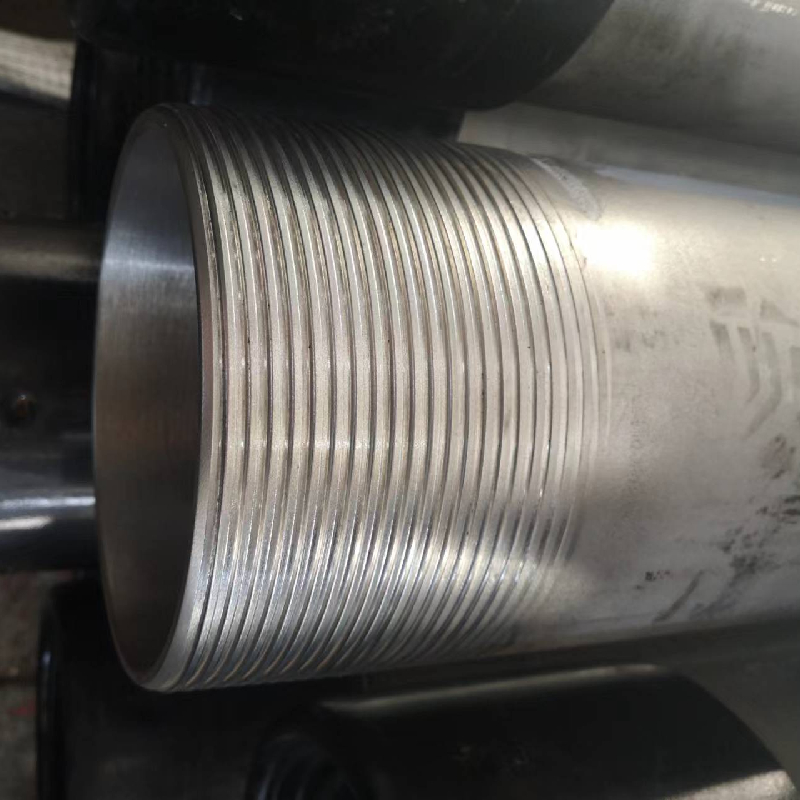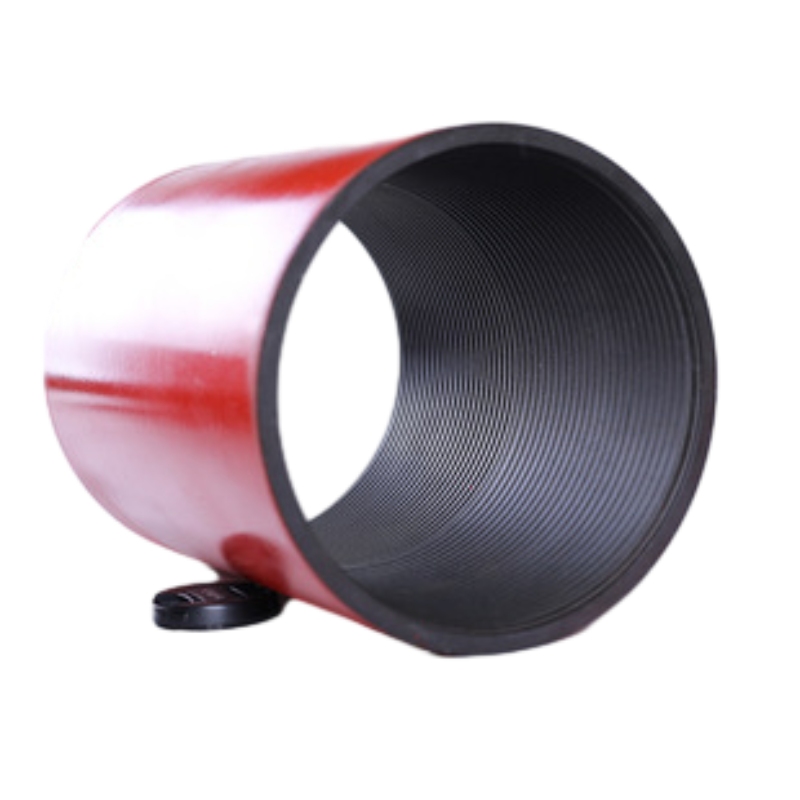Casing vs. Tubing Key Differences, Connections & Applications
- Introduction to Casing and Tubing
- Structural and Functional Distinctions
- Material Specifications and Performance Metrics
- Technical Advantages Across Leading Manufacturers
- Custom Solutions for Downhole Challenges
- Case Studies: Operational Efficiency in Action
- Final Insights on Casing vs. Tubing Selection

(what is the difference between casing and tubing?)
What Is the Difference Between Casing and Tubing?
Casing and tubing are critical components in oil and gas wells, yet their roles diverge significantly. Casing lines the wellbore to stabilize formations, prevent contamination, and ensure pressure integrity. Tubing, however, acts as a conduit for hydrocarbon extraction. While both use steel alloys, casing diameters (9⅝″ to 20″) exceed tubing sizes (2⅜″ to 4½″), reflecting distinct pressure-handling capacities. For instance, API 5CT casing tolerates up to 10,000 psi, whereas tubing operates optimally below 5,000 psi.
Structural and Functional Distinctions
Casing strings are cemented permanently to isolate geological zones, requiring thicker walls (0.35″–1.5″) to withstand collapse pressures. In contrast, retrievable tubing facilitates production flow and well interventions. A 2023 SPE report highlighted that 68% of well failures stem from improper casing design, versus 22% from tubing issues. This underscores casing’s foundational role versus tubing’s operational flexibility.
Material Specifications and Performance Metrics
API 5L X65 steel dominates casing production, offering yield strengths of 65,000 psi. Premium tubing often employs corrosion-resistant alloys like 13Cr (15% chromium), priced 40% higher than standard J55 casing. Temperature thresholds further differentiate them: casing alloys endure 350°F in geothermal wells, while sour-service tubing (e.g., 25% Ni) resists H₂S cracking up to 500 ppm concentration.
Technical Advantages Across Leading Manufacturers
| Manufacturer | Casing Tech | Tubing Innovation | Market Share (2023) |
|---|---|---|---|
| Tenaris | Blue® CO₂-resistant coating | Hydril Wedge Series™ | 31% |
| Vallourec | MAC® HPHT connections | VAM® HTF threading | 27% |
| TPCO | Anti-collapse Q125 grade | SCE™ Slimline tubing | 18% |
Custom Solutions for Downhole Challenges
Operators in the Permian Basin deploy hybrid casing-tubing systems where surface pipes (13⅜″ L80) combine with 3½″ titanium tubing for CO₂ injection. Such configurations reduce completion costs by 19% versus conventional setups. For Arctic drilling, thermally insulated tubing (R-5 rating) maintains flow assurance at -40°F, paired with P110 casing to combat permafrost shifts.
Case Studies: Operational Efficiency in Action
Offshore Guyana’s Stabroek Block achieved 32% faster tripping using Tenaris’s Wedge 613 tubing with 90-ksi strength, handling 15% H₂S content. Conversely, ConocoPhillips cut casing failure rates by 41% in Alaska’s Kuparuk Field through Vallourec’s 20″ VAM® Top connections, rated for 15,000-psi burst pressure.
Final Insights on Casing vs. Tubing Selection
Understanding what is the difference between casing and tubing dictates project economics and safety. While casing secures well architecture, tubing enables adaptable production. Operators prioritizing API 5CT/5ST compliance with manufacturer-specific enhancements—like Tenaris’s corrosion inhibitors or Vallourec’s high-pressure threads—report 23% fewer non-productive days. As shale plays demand 15,000-ft laterals and offshore wells push into 10,000-psi reservoirs, integrated casing-tubing designs become non-negotiable for sustainable extraction.

(what is the difference between casing and tubing?)
FAQS on what is the difference between casing and tubing?
Q: What is the primary purpose of casing vs. tubing in oil wells?
A: Casing stabilizes the wellbore and prevents collapse, while tubing transports extracted fluids to the surface. Casing is cemented in place, whereas tubing is removable.
Q: How do casing and tubing differ functionally?
A: Casing protects the well from external pressures and formations. Tubing serves as a conduit for hydrocarbons and is designed for easy maintenance or replacement.
Q: What distinguishes casing and tubing connections?
A: Casing connections prioritize structural integrity and pressure sealing. Tubing connections focus on leak-proof performance and frequent handling during extraction operations.
Q: Why are casing and tubing sizes different?
A: Casing has larger diameters to line the wellbore, while tubing is narrower and runs inside the casing. Size differences optimize fluid flow and well integrity.
Q: Are casing and tubing connection technologies the same?
A: No. Casing often uses threaded or welded joints for permanence. Tubing employs premium threaded connections to withstand dynamic stresses and corrosion.
-
Unlock the Benefits of Pup Joints for Your OperationsNewsOct.31,2024
-
The Quality of Casing Couplings from ChinaNewsOct.31,2024
-
The Essential Role of Pup Joints in Drilling OperationsNewsOct.31,2024
-
The Benefits of Tubing Couplings for Your ProjectsNewsOct.31,2024
-
Enhance Your Drilling Operations with Tubing Pup JointsNewsOct.31,2024
-
Elevate Your Drilling Operations with Tubing CrossoversNewsOct.31,2024







